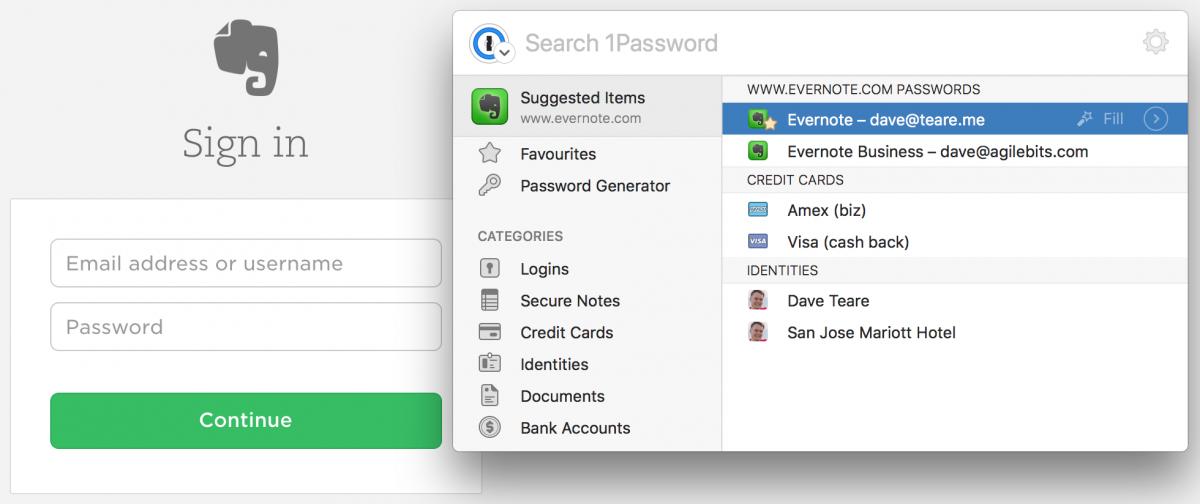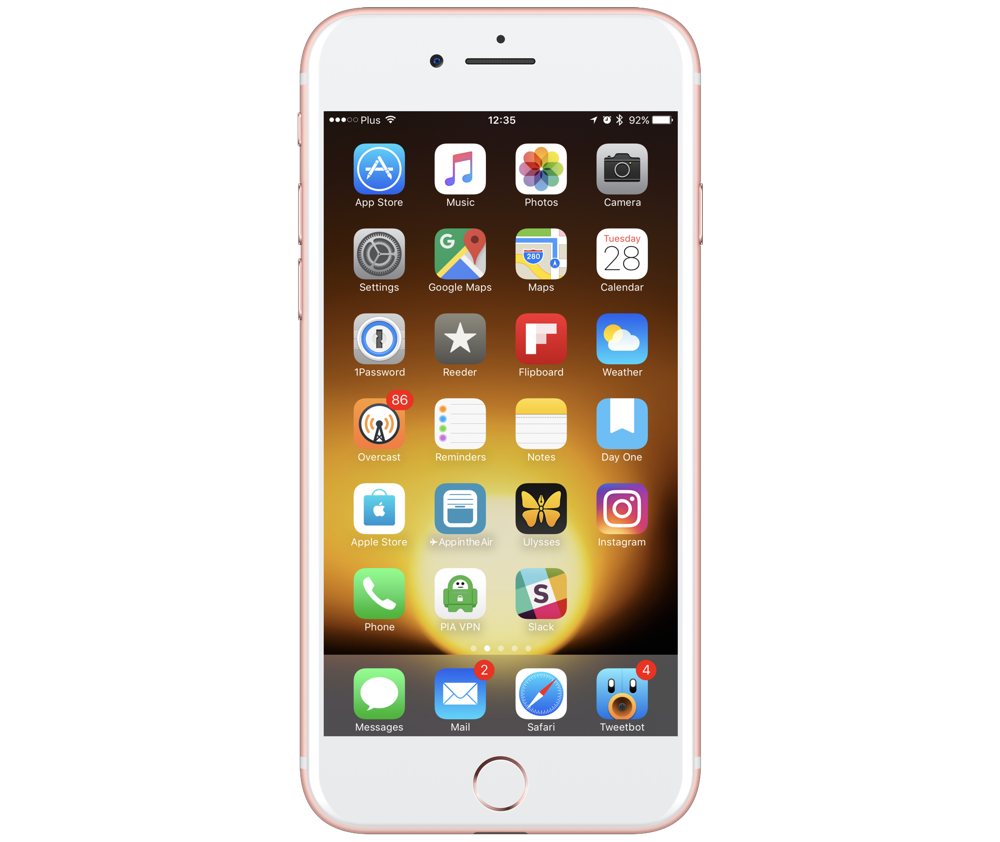Wojtek Pietrusiewicz On Twitter: 1password 7 For Mac
Inspired by tweets of, people started to experiment with Raspberry Pi’s as DIY HomeBridge devices. One of them is. He wrote a which I used as base for this post. Introduction I own a Xiaomi Robot Vacuum. This robot can be controlled by the Xiaomi app, however, I don’t like it very much. The idea is to control this robot over HomeKit. To use HomeKit, I use an old Raspberry Pi 1B.

The software will be. Setting up the Pi Installation and Configuration of Raspbian. Download.
Download Use Etcher to write the image to the SD card. Remount that SD card and add a file called „ssh“ in the root of the mounted partition. This will enable SSH from the beginning so that you can login directly to the Pi. I don’t want to attach a screen or keyboard to that machine so it will only be reachable over the network. Now boot your Pi from this SD card.
Identify the Pi’s IP (e.g. By looking at the network overview in your router). Now connect to that IP with user „pi“.
The default password is „raspberry“. Please change the password now with passwd and assign a new user password. Update everything with apt. Sudo reboot Install nodejs 8.9.4 According to Wojtek only this version works currently with HomeBridge. I did not test any other version so I’m just describing what I did on my machine:.
Download nodejs for the PI into your users homefolder, e.g. With wget.
Unpack the file with tar -xvf node-v8.9.4-linux-armv6l.tar.xz. cd node-v8.9.4-linux-armv61. Realtek rtl8192ce va4 driver for mac.
sudo cp -R. /usr/local/. add export PATH=$PATH:/usr/local/bin to e.g.
/.bashrc. node should be now available Install HomeBridge. Install the necessary libraries: sudo apt-get install libavahi-compat-libdnssd-dev. Install HomeBridge with npm: sudo npm install -g -unsafe-perm homebridge. open /etc/default/homebridge and safe it with this content. I’ve moved my iTunes library from my Macbook’s SSD to my on a network share. This is quite easy and can be made inside the iTunes preferences pane.
After you’ve changed the path for the iTunes Media, all iTunes managed media will be moved to the new location (assuming you let iTunes manage your files of course:)). This allows you to have your iTunes library on your Macbook while all the large files are stored on the NAS.
This is especially important for larger libraries as well as the newer Macbooks which only have a limited flash drive instead of larger harddisks. However, there is one important problem with this solution: Once you’ve disconnected from this network share for whatever reasons and you try to start iTunes, you’ll have your iTunes Media folder reset to your user’s music folder on your boot disk.
You’ll now need to reset the path to your files again, and this will again cause iTunes to check all files if they are on the right location and moves them if necessary. I thought I’ve taken care of this problem with auto connecting to the network share with a Login Item. However, this didn’t help me much since I sometimes have disconnections to my network (e.g. When I’m on the road) and the network connection will only be created once during the login of your current user. So this doesn’t help me at all and caused me to look for another better solution. So I’ve found this gist (the link is dead) and modified it a little bit to my environment.
Wojtek Pietrusiewicz On Twitter: 1password 7 For Mac Pro
Therefore here’s my short list of modifications for using autofs in combination with AFP or SMB volumes.
1Password 7.0 for Windows comes with the promise of a major new redesign to tie it in closely to the Mac client. This includes the addition of a handy sidebar, which comes in particular handy now the client supports multiple vaults for storing data.
The new release also adds support for Windows Hello, allowing users to unlock their vaults with their fingerprint or via facial recognition. 1Password mini - the browser add-on - has also been given a design refresh, while a new Large Type view for displaying passwords help users when having to manually input passwords themselves. 1Password 7.0 for Mac gains a facelift too, with its sidebar now coloured using a dark theme and monochromatic icons to minimise distraction. All vaults are now visible in sidebar view, allowing users to drag and drop items between them (or into 'New Vault' to create one from scratch). Vaults can now be edited easily from the sidebar too. Secure notes gain rich formatting using Markdown language and tags can now be nested.


Users can now also 'pop-out' items for permanent pinned access, making them easy to access across a variety of apps. Other improvements include being able to check passwords against a 500-million-strong database of exposed passwords, while Touch ID support is tightened with Secure Enclave, which protects the encryption keys using the local Mac's own hardware. The Safari app extension is now built into 1Password 7.0 itself, and the app has been re-engineered to run within a single process. Other updates and improvements can be seen at the program's, revealing it's already up to Beta 5. And are both available now for download, and are free during beta testing. Licenses vary according to platform, and existing users will need to pay $64.99 to upgrade to version 7.x when it's released - however, by enrolling in the beta program, they'll be able to upgrade for the specially discounted price of $39.99.
Comments are closed.